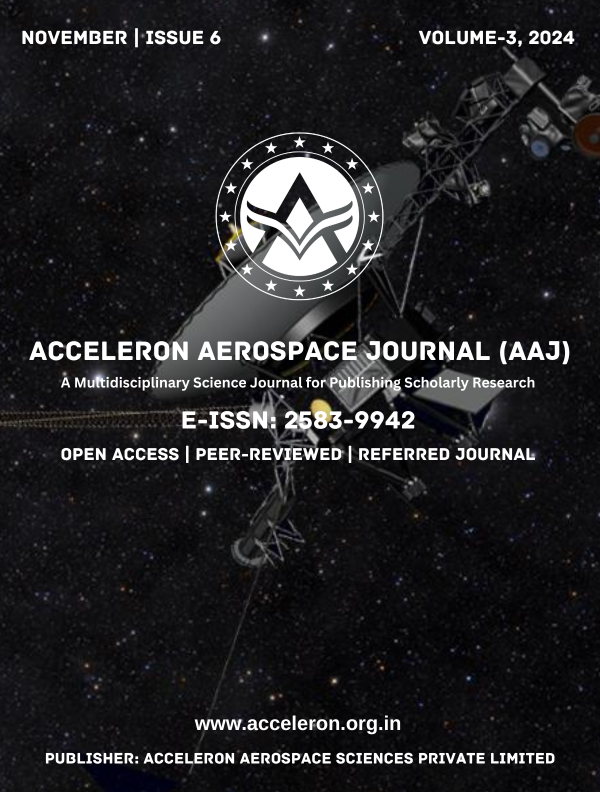The Role of Micro Propulsion in Enabling Autonomous Operations of Nanosatellites
DOI:
https://doi.org/10.61359/11.2106-2467Keywords:
Micro-Propulsion, Nanosatellites, Autonomous Spacecraft, Ion Thrusters, Small SatellitesAbstract
Micro-Electro-Mechanical Systems (MEMS)-based propulsion devices have significant potential for providing high specific power. The application of Micro Power Generation technology to space propulsion systems can enhance orbit and station-keeping capabilities, potentially at lower costs. New-generation spacecraft and satellites are becoming smaller and require micro-propulsion systems for all aspects of their operations. The development of micro-propulsion systems with associated combustors for micro-electricity generation, utilizing liquid fuel, presents major challenges in fuel injection, mixing, combustion, and chemical reactor systems. A micro-spacecraft with high-accuracy station-keeping and attitude control capabilities needs to have low mass and deliver small impulses. Each nanosatellite will weigh a maximum of 10 kg, including the propellant mass. Provisions for orbital manoeuvres, attitude control, multiple sensors, and instruments, along with full autonomy, will result in a highly capable miniaturized satellite. All onboard electronics will endure a total radiation dose of 100 k rads over a two-year mission lifetime. Nanosatellites designed for in-situ measurements will be spin-stabilized and equipped with a complement of particles and fields instruments. Nanosatellites intended for remote measurements will be three-axis stabilized and equipped with imaging and radio wave instruments. Key technologies under development include: advanced, miniaturized chemical propulsion systems; miniaturized sensors; highly integrated, compact electronics; autonomous onboard and ground operations; miniaturized onboard orbit determination methods; onboard RF communications capable of transmitting data to Earth from significant distances; lightweight and efficient solar array panels; lightweight, high-output battery cells; a miniaturized heat transport system; lightweight yet strong composite materials for nano-satellite and deployer-ship structures; and simple, reusable ground systems.
Downloads
Downloads
Published
How to Cite
Issue
Section
Categories
License
Copyright (c) 2024 Acceleron Aerospace Journal

This work is licensed under a Creative Commons Attribution 4.0 International License.
The Acceleron Aerospace Journal, with ISSN 2583-9942, uses the CC BY 4.0 International License. You're free to share and adapt its content, as long as you provide proper attribution to the original work.





